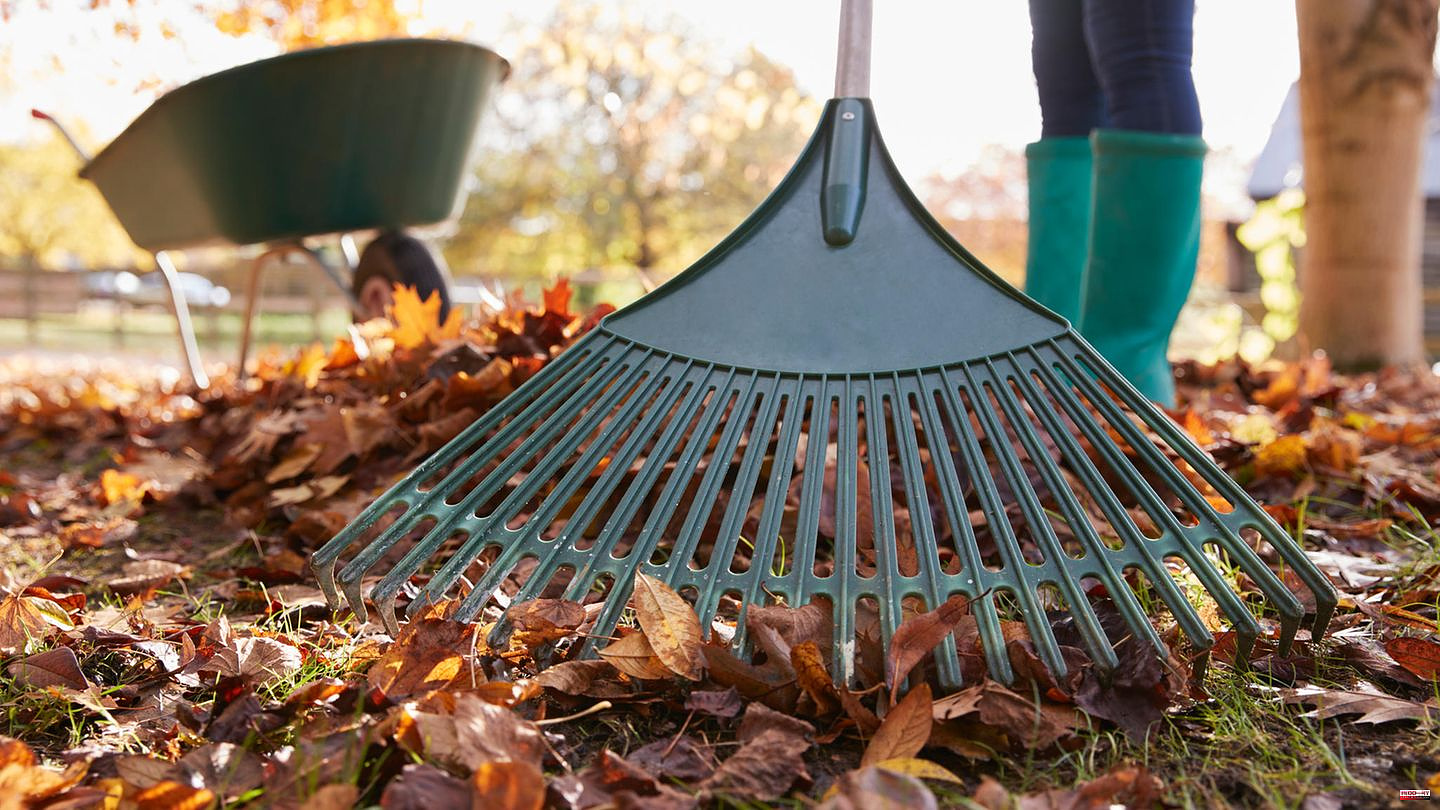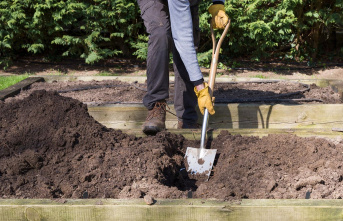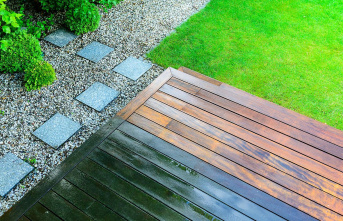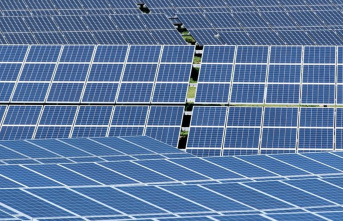Meteorologists crowned October 2022 as the warmest since weather records began. Before the foggy and gloomy winter months begin, many people were happy about the temperatures, some of which exceeded 20 degrees. Allotment gardeners and the hard-working colleagues from the city cleaning department did not have that much time to put their feet up. Because the trees know exactly when the hour has struck. Oaks, beeches, maples, birches and many other deciduous trees shed tons of leaves that end up in bright colors on sidewalks, streets, private properties or cars.
It looks very romantic for a while and is especially fun for children - but as soon as the leaves get wet, it can also be dangerous. Especially for cyclists, older people but also drivers, the way to work or to go shopping can quickly become a slippery slope. In short: the leaves have to be swept up and disposed of. Professionals and private individuals usually tackle the sea of leaves with a leaf rake (also called leaf or fan brush). In the following article you can find out what to look out for when buying a leaf rake, why the tines are so important and how children can help collect the leaves.
The tines are the be-all and end-all when it comes to leaf rakes. Sweeping up the leaves on the lawn with metal tines, for example, is a rather bad idea. In the worst case, you tear small furrows in the turf with the sharp-edged tines and end up with grass cuttings on the pile of leaves in addition to the leaves. It is therefore better to use leaf rakes with plastic tines when working with leaves on lawns. They are light and flexible and protect the lawn.
On the other hand, the rakes with the metal tines work more efficiently on sidewalks or garage entrances. They are more robust and grip wet leaves better than the light plastic tines, which are much better suited to soft soil.
Brooms, spades, cultivators, hoes and many other garden tools are piled up in many garages and sheds. Various manufacturers have therefore been offering so-called combination systems for garden tools for a number of years. The principle is very simple and follows the motto: One handle for everything. Similar to the nozzles of a vacuum cleaner, you attach the required tool to the handle using a simple plug-in mechanism and get started. If the leaf rake is later used instead of the hoe, the tool can be replaced in no time at all. This not only saves you money, but also space in the shed. So if you are already using a handle with a removable tool, you can do without the handle when raking leaves and use the combi-system tool. These are available from WOLF-Garten and Gardena, for example.
The weak point of leaf rakes that do not work with a plug-in system is usually the point at which the tool is connected to the handle. When buying, make sure that both are connected to each other with a sufficiently large screw. The pressure exerted on the tines during foliage work can quickly loosen screws or nails that are too small. The rake loosens and, in the worst case, falls off at some point.
The last and also important aspect when buying a leaf rake is the working width. With a very wide leaf rake you can catch a lot of leaves in one go, but if the area you want to clear of leaves is a bit crooked, your tines will get stuck all the time. For large lawns and wide sidewalks, leaf brushes with a working width of up to 65 centimeters are definitely recommended. Otherwise, it is better to use smaller variants that are between 35 and a little more than 50 centimeters.
Last tip: If your children want to help you rake up the leaves, it is best to give them a leaf rake for little ones. They have a shorter handle and a narrower working width.
This article contains so-called affiliate links. There is more information here.












